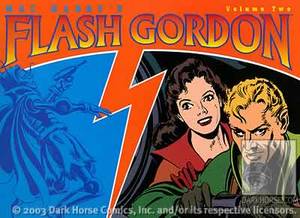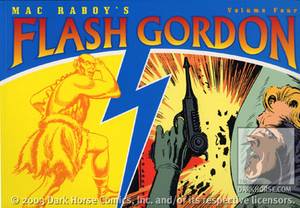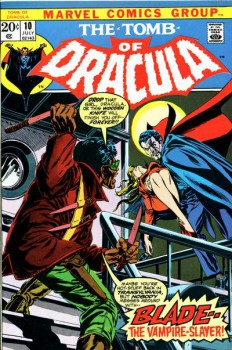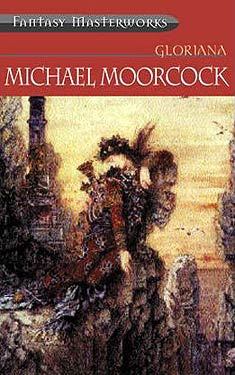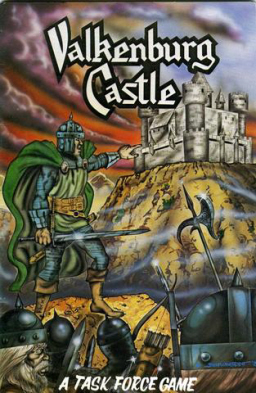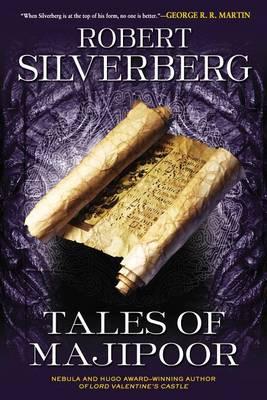Two Sought Adventure
 Two weeks ago I talked about the city vs. country tension that’s often found in literature, and how it might have contributed to the rise of the barbarian hero in our own genre. Now I’m wondering whether we haven’t seen a fine-tuning of that same tension in a more familiar guise: the buddy movie, or, more to the point for us genre types, the buddy adventure.
Two weeks ago I talked about the city vs. country tension that’s often found in literature, and how it might have contributed to the rise of the barbarian hero in our own genre. Now I’m wondering whether we haven’t seen a fine-tuning of that same tension in a more familiar guise: the buddy movie, or, more to the point for us genre types, the buddy adventure.
Like some of the other stuff I’ve been talking about, I don’t think this concept is something that’s just shown up recently. In Don Quijote – widely considered to be the first novel, though you won’t get many who’ll agree on what genre it is – we have the titular Don himself, but we also have his travelling companion and side-kick, Sancho Panza.
But, you might argue, Sancho is a side-kick, and not an adventurer in and of himself – though again, you’ll find those who’ll dispute that, and maybe even convince you that, title aside, the book really belongs to Sancho. But let’s think about the implications here for genre heroes. When is a character a side-kick (pray note that I don’t qualify that by saying “just”) and when is the character a co-hero?
